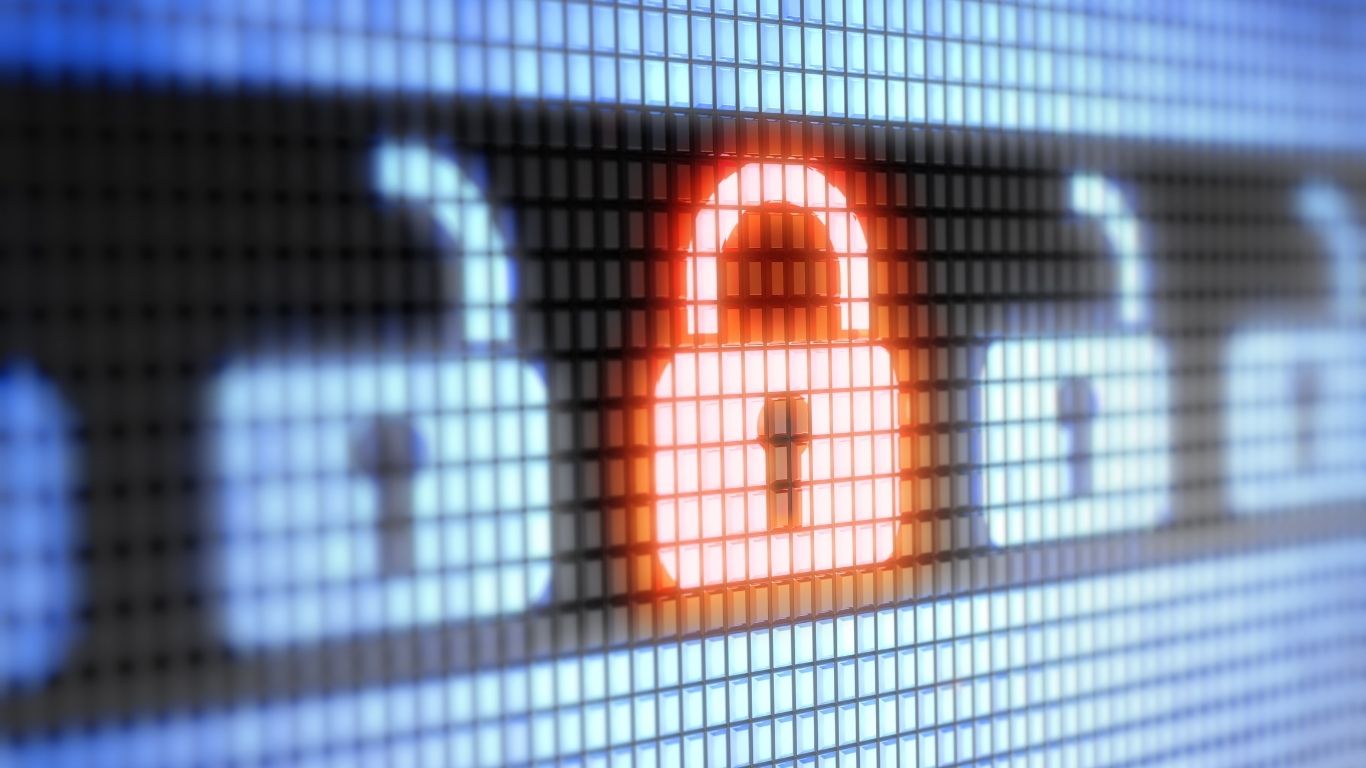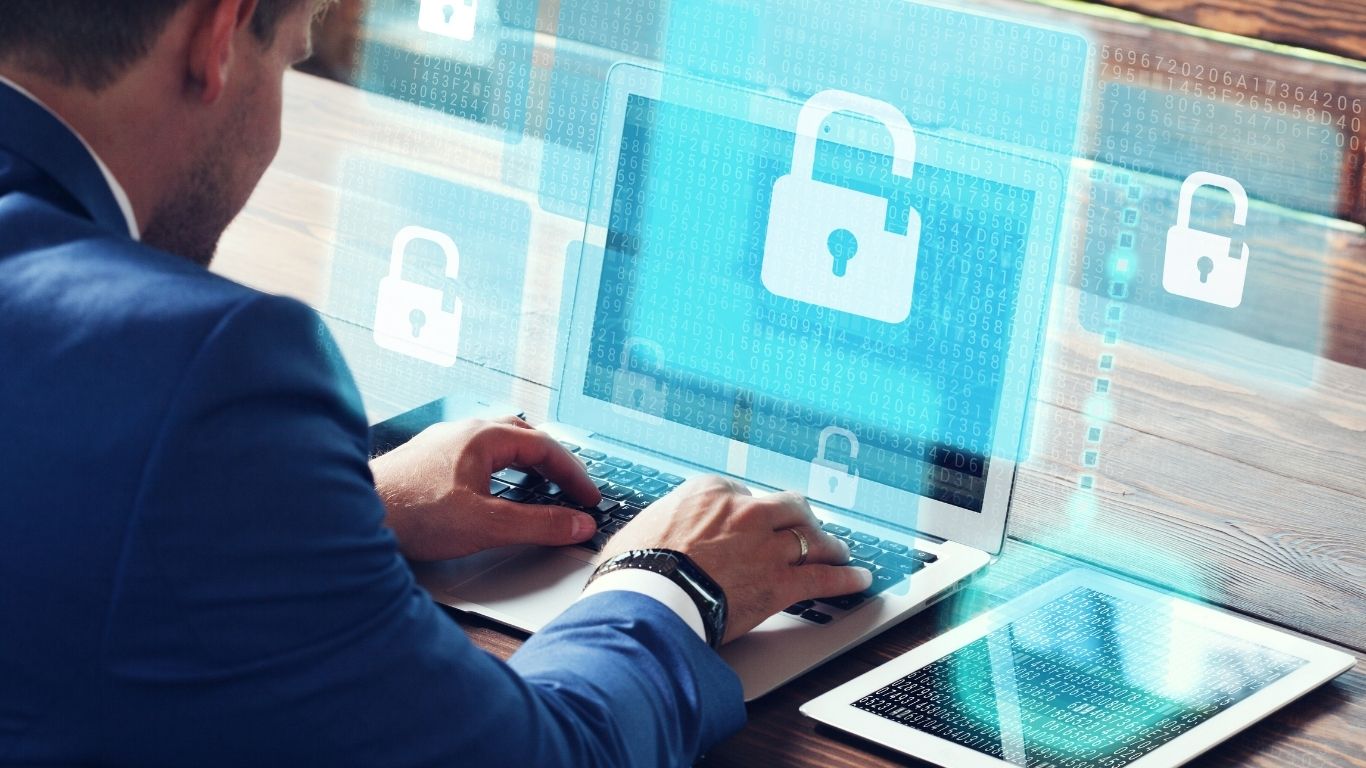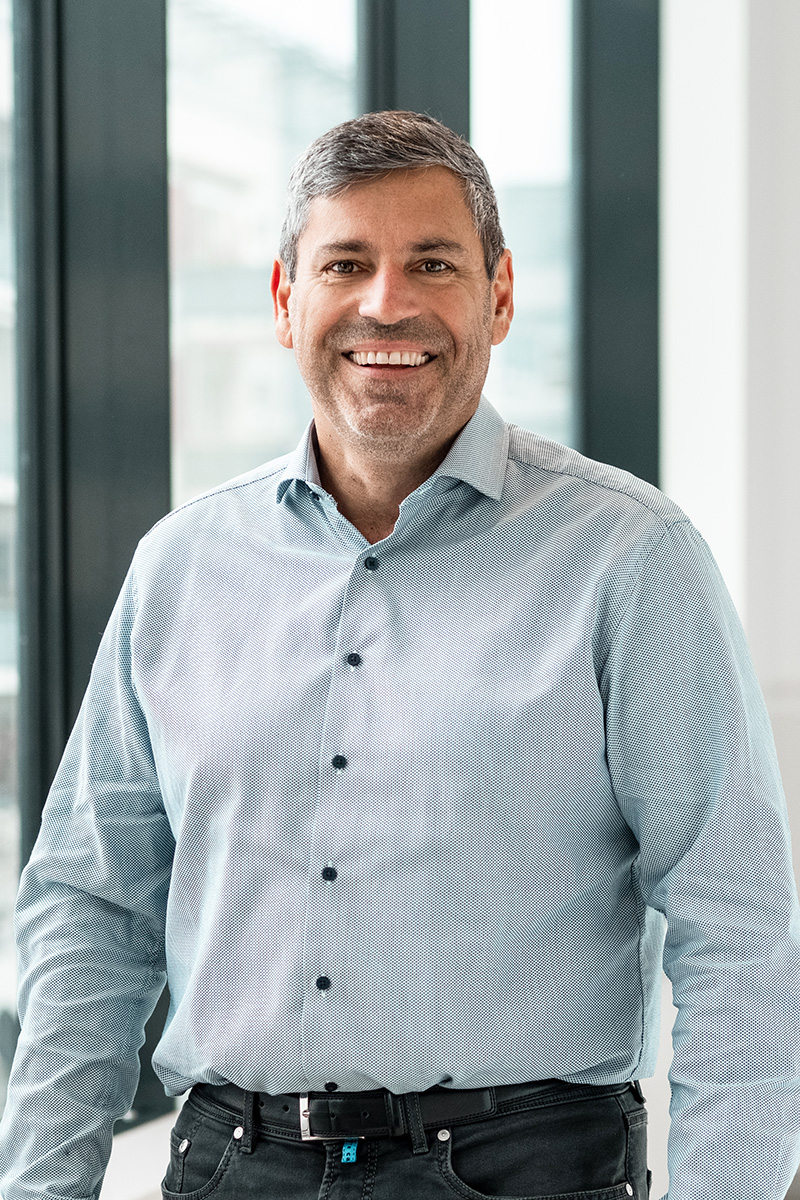Whether energy suppliers, financial service providers, medtech companies or operators of critical infrastructure, anyone working with sensitive data will need a cyber security strategy in 2025 that not only withstands the increasing threat situation, but is always one step ahead of it. The focus is clearly shifting away from reactive protection mechanisms towards preventive, AI-supported and highly automated security concepts.
1. AI-supported threat detection: early warning systems on a new level
Artificial intelligence is fundamentally changing the rules of the game in IT security. With the help of machine learning and behavioral analysis, modern systems detect suspicious activities even before conventional protection mechanisms would sound the alarm. This allows threats such as advanced persistent threats (APT), zero-day exploits or ransomware to be contained at an early stage, often before any damage is done.
But cyber criminals are also upgrading. AI is now being used to personalize attacks, disguise malware and automatically identify security vulnerabilities. Companies therefore need smart solutions that continuously learn, improve themselves and can keep up with the attacker’s internal level.

2 Automated security audits: Rethinking compliance
Regulated industries are under considerable pressure to operate their IT systems in an audit-proof and legally compliant manner. Automated audits help to identify and rectify security gaps in real time. Compared to traditional testing methods, they are more cost-efficient, scalable, permanently operational and reliably repeatable.
Particularly with regard to new requirements such as the NIS2 directive or stricter GDPR controls, automated audits provide a stable basis for continuous compliance. Audits thus become a continuous, integral part of IT governance rather than a one-off burden.
3. resilience and zero trust: resilience as a principle
Building resilient infrastructures is a central component of modern security strategies. A central element of this is the zero-trust architecture. It assumes that no user or device, whether internal or external, is trustworthy per se. Every access must be validated and access rights are strictly limited to those that are necessary to complete a task.
This approach is complemented by measures such as network segmentation, multi-factor authentication, continuous authentication checks and offline backups. This prevents attackers from moving laterally through systems, even if a single component has been compromised.

4. security solutions with built-in compliance
The IT security of the future is not only technically strong, but also integrated from the outset in terms of regulation and security. Modern solutions view data and cyber security as first-class citizens: they are not “made secure” retrospectively, but are designed from the outset with strict security and compliance requirements in mind. Leading systems integrate requirements from data protection laws, industry standards and regulatory frameworks directly into their architecture – from automated logging and secure data classification to audit-proof documentation.
For companies in highly regulated industries, this means fewer manual processes, greater legal certainty and significantly lower risks during audits or data protection checks.
5 New technologies – new risks: quantum, IoT and 5G
With the introduction of 5G, the increasing proliferation of IoT devices and advances in quantum computing, threat scenarios are changing fundamentally. IoT endpoints are often poorly protected and expand the attack surface enormously, especially around critical infrastructure. In turn, 5G networks enable new attack paths with high speed and low latency.
Companies need to be particularly proactive when it comes to quantum computing: as soon as powerful quantum computers are able to break conventional encryption methods, quantum-safe algorithms will be needed. This field is known as post-quantum cryptography. The development of such cryptographic methods is already underway. However, companies should put this topic on their agenda now.
Conclusion: Proactive cybersecurity is a must
Cybersecurity will become a competitive factor for highly regulated industries in 2025. Relying on preventive, AI-supported solutions and resilient IT architectures not only protects sensitive data, but also strengthens the digital capabilities of the entire company. BAYOOTEC supports you with customized solutions – from consulting and the development of secure platforms to compliance with regulatory requirements.








